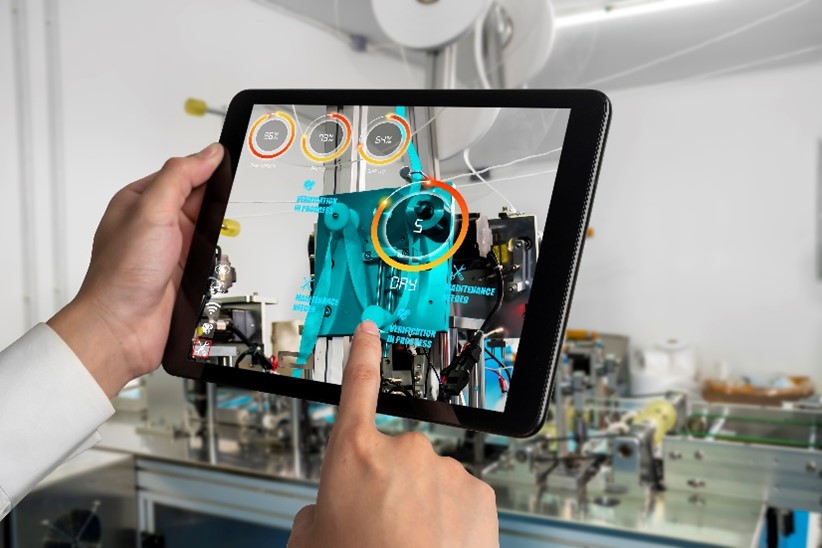
May 15, 2024
Preventative Maintenance vs. Predictive Maintenance
Choosing the Right Strategy for Your Operation
In the plastics manufacturing industry, ensuring that equipment runs efficiently and effectively is paramount. Downtime not only disrupts production but can also lead to significant financial losses. This is where the roles of preventative and predictive maintenance come into play. Both strategies are critical for maintaining the health of plastics processing equipment, but they approach maintenance from different angles. Here’s an in-depth look at both strategies and how they can benefit plastics processing operations.
What is Preventative Maintenance?
Preventative maintenance refers to regularly performed tasks on equipment to lessen the likelihood of failures before they occur. This type of maintenance is scheduled at regular intervals based on time or usage metrics (e.g., after every 1,000 hours of machine operation or once every six months). Common activities include cleaning, lubricating, adjusting, and replacing parts prone to wear and tear.
Advantages:
- Cost-effective in the short term: Regular upkeep helps avoid unexpected breakdowns and costly repairs.
- Increases equipment longevity: Routine checks and replacements extend the life of machinery.
- Improves safety: Regular maintenance ensures that equipment operates safely, reducing the risk of accidents.
Disadvantages:
- Can be overly cautious: Parts might be replaced before it’s absolutely necessary, leading to potentially wasteful expenses.
- Scheduled downtime: Equipment must be taken offline at regular intervals, which might not always align with production schedules.
What is Predictive Maintenance?
Predictive maintenance, on the other hand, relies on the actual condition of the equipment rather than a fixed schedule. This strategy utilizes data from sensors and advanced analytics to predict when a machine will likely fail or need servicing. Parameters such as vibration, temperature, and acoustics are monitored in real time, allowing maintenance to be performed just before it is likely to fail.

Advantages:
- Reduces unnecessary maintenance: Equipment is serviced only when needed, based on its condition, which can reduce costs over time.
- Minimizes unplanned downtime: By predicting potential failures, repairs can be scheduled during non-critical production periods.
- Extends equipment life: Preventing failures before they occur avoids excessive wear and tear that can shorten a machine’s operational lifespan.
Disadvantages:
- Higher initial investment: Setting up a predictive maintenance system requires advanced sensors and data analytics capabilities, which can be costly.
- Requires specialized skills: Analyzing data and making accurate predictions necessitates a higher level of skill and training.
Choosing the Right Strategy for Your Operation
The choice between preventative and predictive maintenance often depends on several factors, including the type of equipment, criticality of the machinery to business operations, and available budget for maintenance. For most modern plastics processing facilities, a hybrid approach that combines elements of both strategies is typically the most effective. This might mean adhering to a preventative schedule for less critical equipment while implementing predictive maintenance for high-value or essential machines.
Conclusion
Preventative and predictive maintenance have their place in managing the health and efficiency of plastics processing equipment. By understanding the benefits and limitations of each, manufacturers can better plan their maintenance strategies to optimize production, minimize downtime, and extend the lifespan of their machinery. As technology continues to evolve, the trend is moving toward more predictive maintenance, driven by advancements in IoT and machine learning, ensuring that manufacturers can anticipate problems before they lead to significant disruptions.
Talent and Resource Shortages
Companies are increasingly confronting significant challenges due to the shortage of internal maintenance talent, a critical issue that affects their operational efficiency and bottom line. This scarcity is primarily due to a combination of factors, including an aging workforce, the widening skills gap, and the industry’s struggle to attract younger, skilled professionals who are often more drawn to technologically advanced or perceived ‘greener’ industries.
The lack of maintenance personnel leads to prolonged downtime, as machines await repair, which in turn can cause production delays and increased costs. Additionally, the absence of adequate maintenance expertise can result in improper handling of machinery, potentially leading to premature wear and tear and a shorter operational lifespan for costly equipment. This challenge compels companies to invest heavily in training and retention strategies or to outsource these critical services. Whichever your strategy, Turner Group can help you along the way.
For more information, you can check the Turner Group Corporate Service Line Card.
